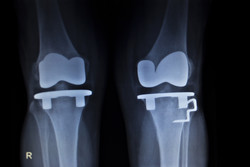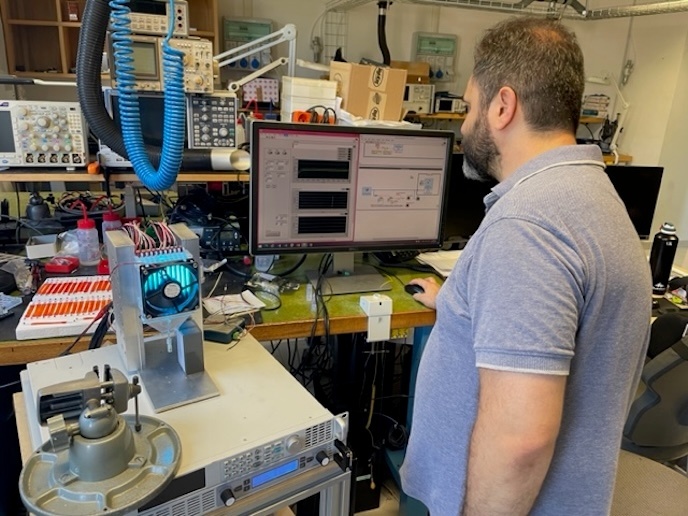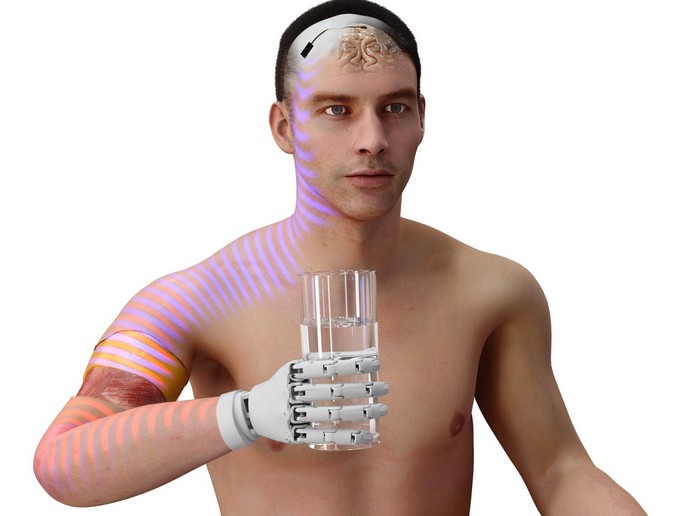Cutting manufacturing costs and time of medical implants
The investment casting process for specialised medical products and devices such as orthopaedic implants is expensive and requires very long production times compared to other casting methods. To address these shortcomings, the EU-funded MEDCAST (Development of foundry casting methods for cost-effective manufacture of medical implants) project was established. Overall, the aim was to reduce costs and cycle times and enhance reliability while minimising human intervention and resource waste. The project was completely based on secondments, with 27 researchers involved in total. To manufacture parts, this metal-forming technique creates an original wax model, coats the image and then builds successive layers until a strong ceramic shell covers the model. After melting out the wax, molten materials are poured into the mould, creating a duplicate of the original wax pattern. The project used the latest investment casting simulation and modelling procedures to identify casting deficiencies at a medical device foundry in Ireland. All phases involved in the investment casting process were examined. This included pattern manufacture, casting and shell technology, finishing methods, and process modelling and automation. Project partners developed robust process models that accurately predict defects in the flow of molten metal in the mould during casting. Results showed that parts defects were significantly reduced. They analysed wax flow and behaviour and also explored the potential of reusing scrap wax parts. The team also developed a method to dry ceramic shells much quicker than existing shells, a step that is one of the most laborious in the casting process. Lastly, a feasibility study was carried out for novel dimensional inspection technologies. MEDCAST advanced the state of the art in investment casting processes. In so doing, implants will become more reasonably priced and accessible to European consumers. The competitiveness of the investment casting industry will also be boosted as a result of significantly less production and unit costs.







